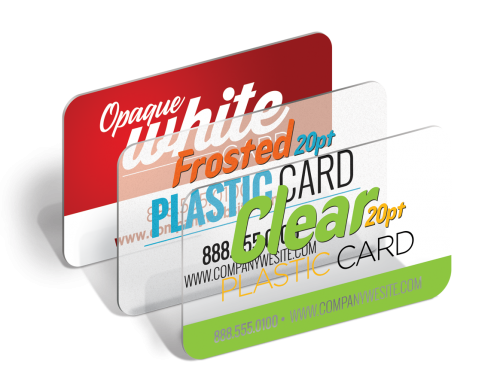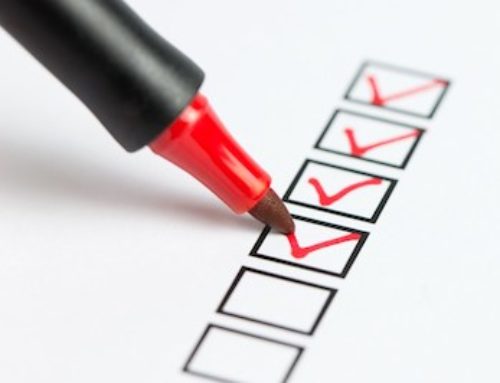Today, we’re going to jump right into the third building block of a small business brand: public relations.
PRSA.org defines public relations as a strategic communication process that builds mutually beneficial relationships between organizations and their publics.
 Public relations the method of building relationships – not selling. The main difference between public relations and advertising is that one is paid (advertising) and one is unpaid (public relations). Both are crucial to a successful marketing strategy, but we’ll save that topic for another time. For now, we’re going to focus on public relations because it’s something you can do now without investing any, or very little, money.
Public relations the method of building relationships – not selling. The main difference between public relations and advertising is that one is paid (advertising) and one is unpaid (public relations). Both are crucial to a successful marketing strategy, but we’ll save that topic for another time. For now, we’re going to focus on public relations because it’s something you can do now without investing any, or very little, money.Why would you want to build a mutually beneficial relationship with your audience? Because these are the people who want to connect with you and do business with you, and their opinion matters. How fuzzy do you feel inside when you find out one of your favorite businesses donates a portion of their sales to a non-profit organization? How is your perception affected when you learn that a local business discriminated against a customer because of their race, gender, etc? The way businesses handle situations like these directly affect whether the public chooses to support them.
Public relations encompasses a few different areas. It can be used for brand management, community goodwill and crisis communications. The key to any successful public relations effort is to have an equally strong strategy behind it. Here are three basic steps to developing a strong public relations plan:
1. Set specific goals and metrics.
2. Define your key audience.
3. Identify the tactics and messages you’ll use to reach your goals.
It also helps if you develop relationships with influential leaders in your community and the media. These people can help your brand’s image and show you some love if you have a new product launch or other business news and need some press coverage. Lastly, depending on your product or service, you’ll want to make sure to have a media kit. The kit should include a company overview, fact sheet, press releases, product descriptions, multimedia elements and contact information. The point of the kit is to provide a detailed view of your company. Media kits allow the media to gather all the information they need about your business without having to contact you, and in turn, they’ll likely give you some free press along with it. And who doesn’t like free?
The way you present yourself to the public and your target audience is important to your image and overall business success. Don’t overlook the power of public relations. Set a plan and stick to it.
We can’t believe we’re already half-way through this week! We’re going to discuss the fourth building block tomorrow. Sign up for our newsletter to have it delivered right to you, or come back here and see what’s new. See you tomorrow!



